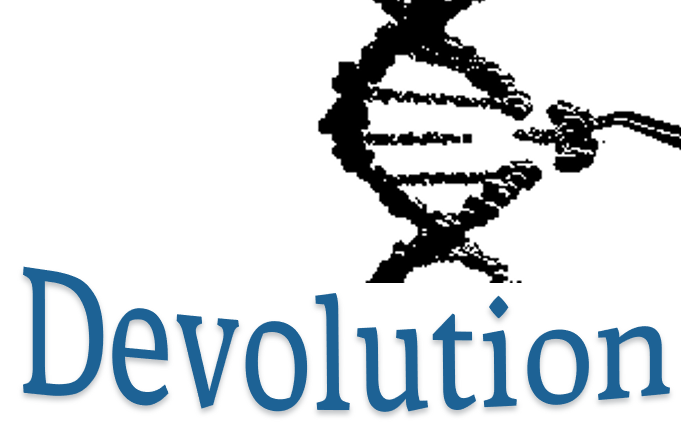
You don’t need to be a student of Charles Darwin to know the term ‘natural selection’. That’s the process where inheritable mutations lead to different survival outcomes in the wild. In other words: survival of the fittest. If one unlucky wildebeest is born with the ‘run like a house brick’ gene, it’s going to end up as the main course for a lion before it gets the chance to pass that trait on.
Farmers are fans of the concept too — but with a twist. It’s not natural selection on the farm; it’s breeder selection that reigns supreme. In this analogy, the breeder is the lion, but instead of eating the slowest ‘wildebeest’, they’re just not letting it breed (but not discounting that they might eat the tastier discards as well though!)
Whether it’s plant or animal, domestication came from humans hand-picking traits that serve a purpose. Take sheepdogs. Their herding instinct didn’t get to OCD levels by accident. It traces back thousands of years to the era of Mesopotamia, shaped by generations of selective breeding. Those in the ancient ancestral breeds of the modern Kelpie who chose lounging beneath an olive tree over herding sheep all day found themselves out of the dating pool quick smart.
Of course, breeders are selecting for success in farmed environments — not the wild. Today’s crops and animals are so highly specialised, many wouldn’t last five minutes in nature. Instead, species were chosen because they flourished with farmer care and management. Exhibit A is seedless watermelon: it’s a hybrid that’s sterile by design — therefore unable to reproduce.
Farming has always intrinsically involved dealing with environmental pressures. With climate variability and introduced weeds, pests and disease – farming systems need to adapt fast. For example, WA grain growers are increasingly dry sowing which limits the chance for pre-emergent weed control. Meanwhile, decades of no-till farming (to preserve moisture) has led to weeds developing resistance to herbicides. So, we need to kill the weed, but not the crop, with an effective chemical spayed over the whole shebang. Fortunately crop breeders have come to the rescue with varieties tolerant of herbicide given shorthand brands such as TT and IMI. Again, breeding has responded to changes in the farmed environment.
But it’s the off-farm pressures - specifically public opinion and politics — that are the largest modern challenge to modern breeding. Take animal welfare for instance. Fibre producing sheep have been bred over centuries with loose skin to grow more wool. More wrinkles = more surface area= more wool. But it also meant increased risk of flystrike, which led to the practice of mulesing to manage the issue. Now there’s pressure to breed sheep with smooth rumps, but still somehow woolly everywhere else. Basically, the sheep equivalent of a reverse mullet: party up front, no nonsense at the back. How easy is that to breed across 70 million Australian sheep in a few ovine generations? (Answer = impossible.)
While traditional breeding has had centuries to fine-tune productivity traits, abrupt policy changes — like banning a key farming management practice — won’t come with that luxury. Production could be seriously impacted before breeding has a chance to catch up. For example, it usually takes at least 8 years to develop a new plant variety ready for commercial use.
The need for rapid change is driving a shift to hyper-selective breeding using genetic science. Rather than crossing fingers and waiting for a helpful mutation to pop up, researchers are now identifying the genetic switches that can help fast-track desired traits.
Tired of yellow canola fields? You can change the colour of the flowers at the gene level. Right now, a genetically modified purple tomato utilising blue pigment producing snap dragon genes is being considered by Food Standards Australia New Zealand. (If Fremantle ever wins a flag, perhaps a fervent canola breeder will introduce fields of purple ‘Freo-nola’ as tribute?)
Whereas genetic modification involves the introduction of foreign genes, gene editing tweaks the organism’s existing genetic code to dial traits up or down. This is quicker and doesn’t carry the GM tag so is attracting a lot of breeder attention as the next go to tool.
But there is a problem. The same off-field pressures that are driving rapid change in farm practices and demanding more from breeders are also discouraging the use of genetic approaches beyond traditional male and female selection. This is limiting the ability of breeders to respond. A classic case of damned if you do, damned if you don’t.
So, as we face a future of climatic uncertainty and shifting societal values, there’s a trade-off ahead. If Australians want food security in a drying climate AND high social value compliance, then breeders will need the tools to turn traits at right angles, reverse back over previous gains, and speed-up evolution in new directions.